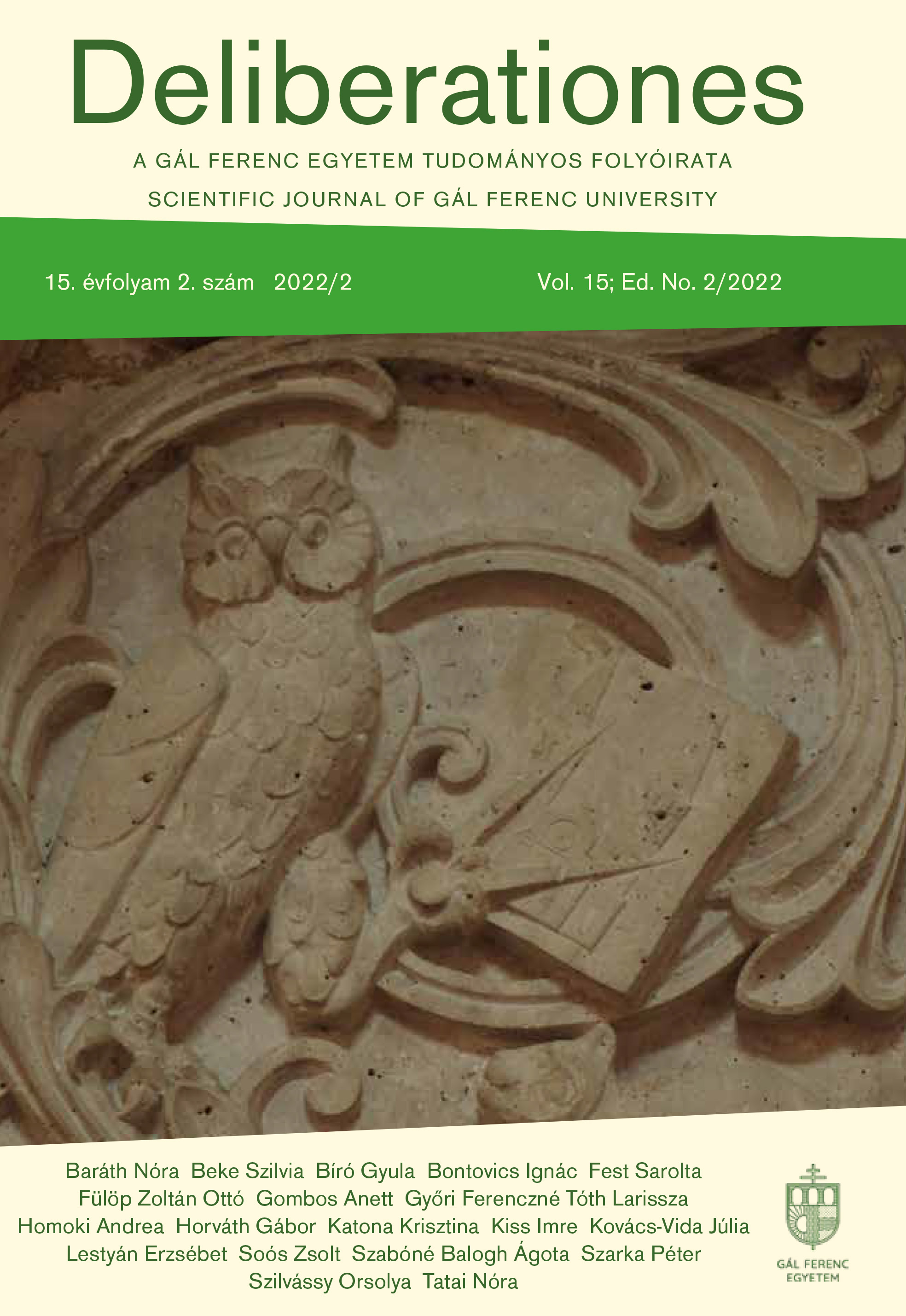Abstract
One of the primary goals of education is to examine and develop students' creativity. The purpose of the study is to compare two creativity development methods in the upper grades of elementary school. One method was done with traditional (paper-based, playful) development opportunities, together with the development of learning strategies; the other method is based on IT, combined with the development of cognitive abilities. In the framework of the four-year longitudinal study, data was collected five times with three groups (traditional developers: n=150, IT-based developers: n=150, control: n=150). The changes were nearly identical in both groups regarding the five dimensions. The information technology method resulted in bigger changes in four areas and the traditional method in two areas. Both methods werw proved to be efficient in development of creativity but components of creativity changed in different ways.
References
Amabile, T. M. (1983). The Social Psychology of Creativity. Springer.
Arasteh, A. R., & Arasteh, J. D. (1976). Creativity in human developement. Shenkman Publishing Company, Inc.
Arieti, S. (1976). Creativity: The magic synthesis. Oxford.
Balogh, L., Herskovits, M., & Tóth, L. (1994). Tehetség és képességek. KLTE Pedagógiai-Pszichológiai Tanszék.
Csikszentmihályi, M. (1996). Creativity: Flow and the Psychology of Discovery and Invention. Harper Perennial.
Dávid, I. (2000). A tehetségdiganosztika eszközeinek összehasonlító vizsgálata az intellektuális szférában. Doktori dolgozat. Debreceni Egyetem.
Guilford, J. P. (1950). Creativity. American Psychologist, 5, 444–454.
Guilford, J. P. (1967). The Nature of Human Intelligence. McGraw Hill.
Gyarmathy, É. (2006). A tehetség fogalma, összetevői, típusai és azonosítása. ELTE Eötvös Kiadó.
Inántsy-Pap, J., &Juhász, E. V. (2011). A kreativitás és a gyermekrajz fejlődése: kísérlet a kreativitás összehasonlító vizsgálatára hat- és tizenegy évesek körében. In A. Münnich (Ed.), A kreativitás többszempontú vizsgálata. Didakt Kiadó.
Kálmánchey, M. (1978). The connection of creativity to intelligence, school performance, social and sociometrical factors in students in Grade 5. Acta Paedagogica Debrecina, 73.
Kaufman, J. C., & Sternberg, J. R. (Eds.). (2006). The International Handbook of Creativity. Cambridge University Press.
Landau, E. (1974). A kreativitás pszichológiája. Tankönyvkiadó.
Simonton, D. K. (1975). Age and literary creativity: A cross-cultural andtranshistorical survey. Journal of Cross-Cultural Psychology, 6(1), 259-277.
Sternberg, R.J. & Lubart, T.I. (1991). An investment theory of creativity and its development. Human Development, 34(1), 1-31.
Szabóné Balogh, Á., & Lestyán, E. (2020). Creativity Development How? Traditional methods or information? European Journal of Education Studies, 11(6), 61-86. https://doi.org/10.5281/zenodo.3625270
Torrance, E. P. (1963). Education and the creative potential. University of Minnesotta Press.
Torrance, E. P. (1966). Torrance tests of creative thinking: Norms-technical manual. Personnel Press.
Tóth, L. (1996). Tehetség-kalauz. Kossuth Egyetemi Kiadó.
Tóth, L, & Király, Z. (2006). Új módszer a kreativitás megállapítására: a Tóth-féle kreativitás becslő skála (TCES). Magyar Pedagógia, 106(4), 292–295.
Tóth, L. (2000). Pszichológia a tanításban. Pedellus Tankönyvkiadó.
Tóth, L. (2004). Pszichológia vizsgálati módszerek a tanulók megismeréséhez. Pedellus Tankönyvkiadó.
Tyson, M. (1972). A kreativitás pszichológiája. In B.M. Toss (Ed.), Új távlatok a pszichológiában. Gondolat.
